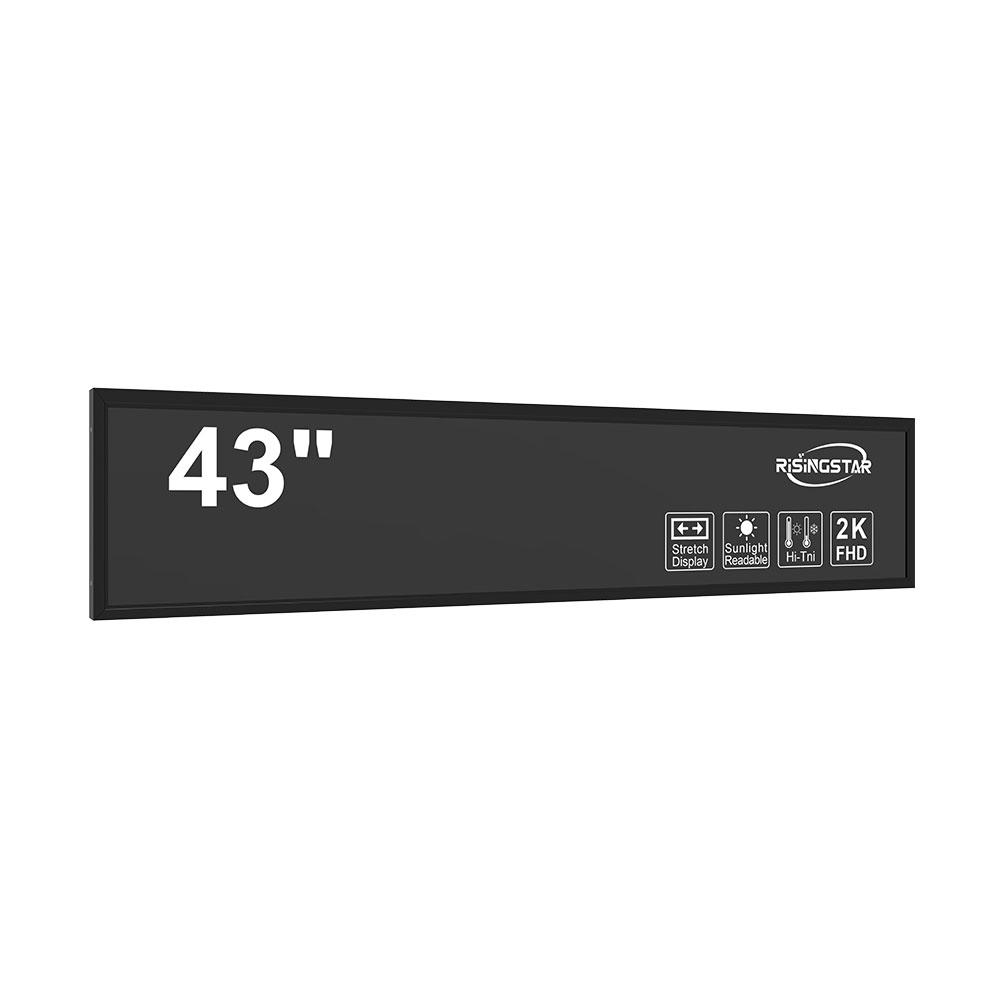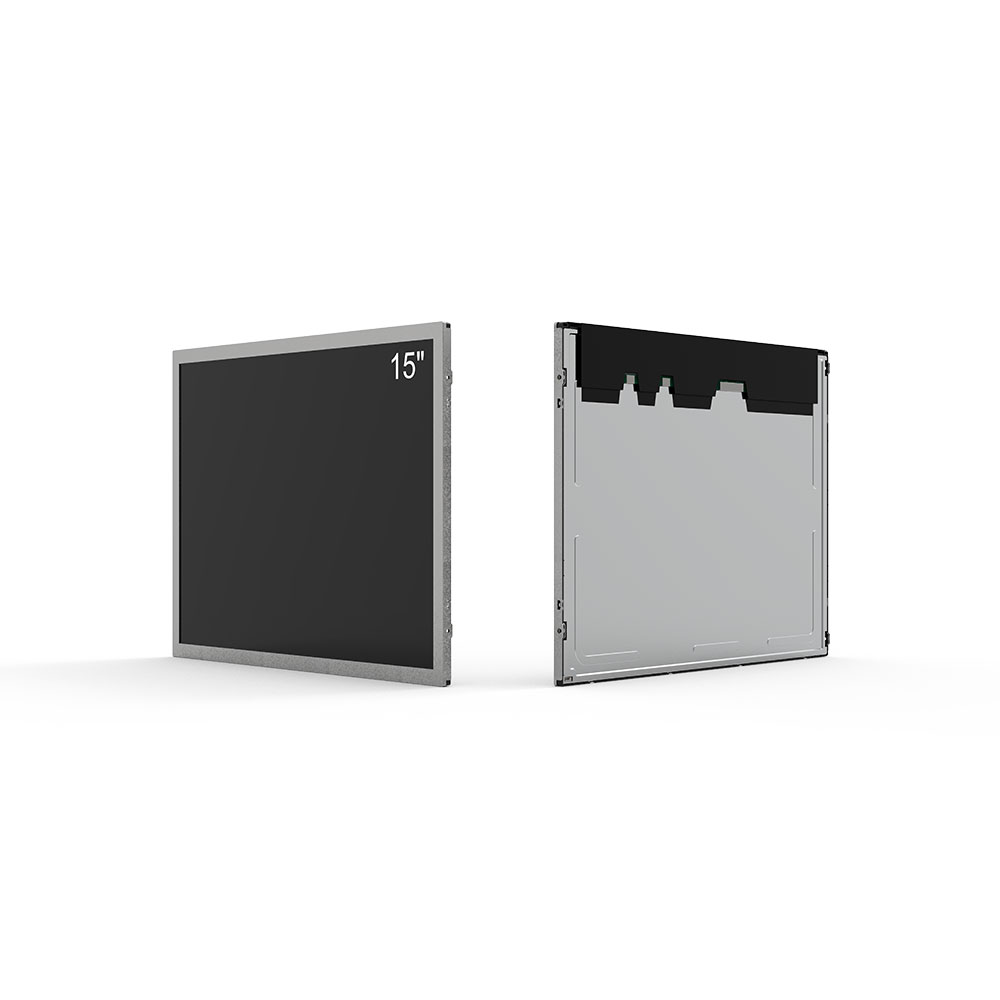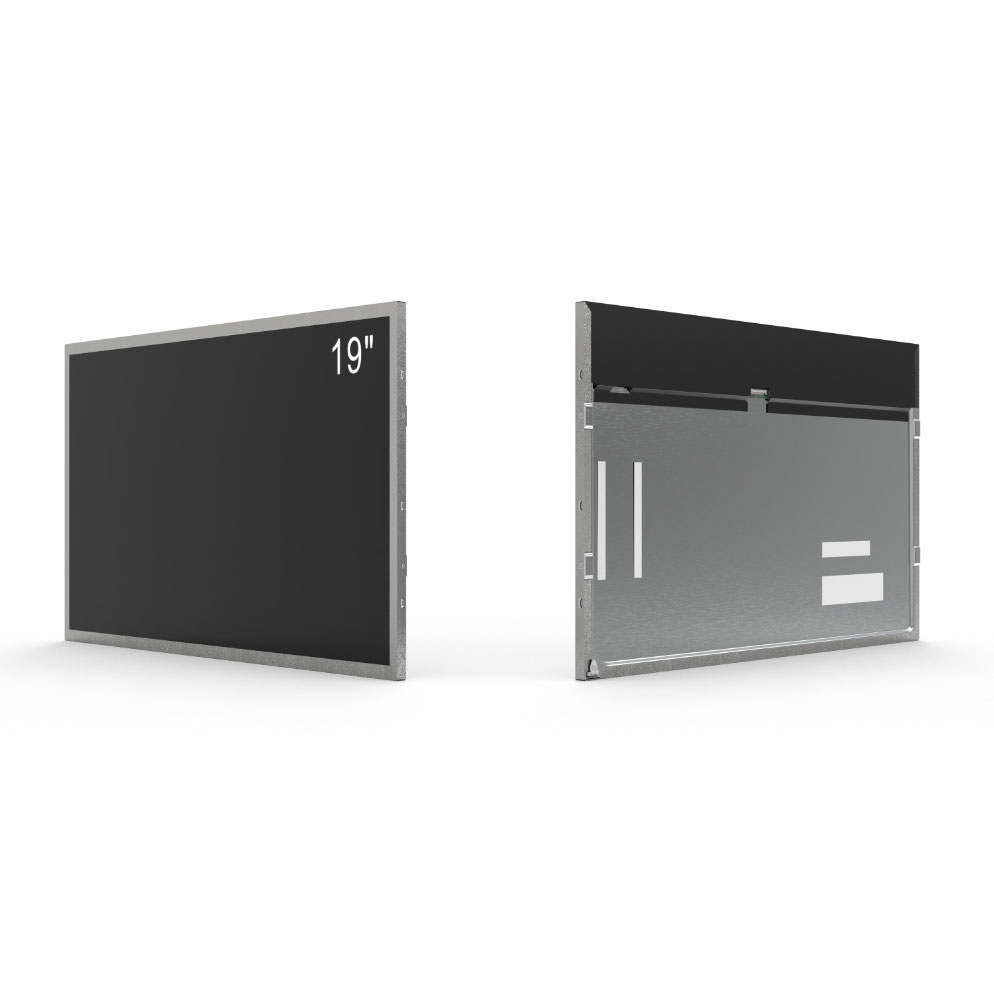
Declaración de privacidad: Su privacidad es muy importante para nosotros. Nuestra empresa promete no divulgar su información personal a ninguna empresa externa sin su permiso explícito.
In the rapidly evolving landscape of public transportation, passenger information displays (PIDs) have become critical infrastructure—not just for convenience but for safety, efficiency, and customer satisfaction. For overseas equipment manufacturers and distributors, understanding the technical nuances, industry standards, and real-world applications of outdoor high-brightness LCD displays is essential to delivering competitive, durable, and scalable solutions.
Modern transit systems—from metro stations in Tokyo to bus terminals in London—rely on robust, 24/7 visible digital signage that functions reliably under extreme weather conditions. According to a 2023 report by MarketsandMarkets, the global passenger information system market is projected to reach $12.8 billion by 2028, with outdoor display technology driving over 60% of this growth. The core enabler? High-brightness LCDs that maintain clarity even under direct sunlight or heavy rain.
These displays typically operate at 5,000 to 10,000 nits of brightness—far beyond standard indoor LCDs (300–500 nits). This is achieved through advanced backlighting technologies such as LED arrays with local dimming control, anti-reflective coatings, and IPS (In-Plane Switching) panels for wide viewing angles. Manufacturers like LG, Samsung, and Sharp have set benchmarks with industrial-grade modules designed for -30°C to +60°C operating temperatures, IP65-rated enclosures, and compliance with EN 50155 (railway electronics) and IEC 60068 (environmental testing).
Case studies from Singapore’s Land Transport Authority and New York City’s MTA highlight successful deployments where high-brightness PIDs reduced passenger confusion during peak hours by up to 40%. In these installations, real-time data integration via API (e.g., from GTFS feeds or IoT sensors) allows dynamic updates on delays, platform changes, and service disruptions—critical for operational resilience.

For international suppliers, the opportunity lies not only in hardware but also in smart software ecosystems. Solutions that support over-the-air (OTA) firmware updates, remote diagnostics, and cloud-based content management (like those offered by Cisco, Panasonic, and Daktronics) offer higher margins and long-term customer retention. Additionally, energy-efficient designs using DC power inputs (e.g., 12V or 24V) are increasingly demanded in sustainable transit projects, particularly in Europe and North America.

Manufacturers must also prioritize durability and lifecycle costs. A study published in IEEE Transactions on Industrial Electronics (2022) found that properly maintained outdoor LCD systems last 7–10 years versus 3–5 years for consumer-grade alternatives. This longevity translates into lower total cost of ownership—a key selling point for government and private operators seeking ROI-driven procurement.
Ultimately, the future of PIDs hinges on seamless integration with smart city frameworks. As cities adopt 5G, edge computing, and AI-powered analytics, outdoor high-brightness LCDs will serve as both display interfaces and data collection nodes—enabling predictive maintenance, crowd monitoring, and personalized travel alerts. For overseas equipment providers, mastering this convergence of display engineering, connectivity, and user-centric design positions them at the forefront of next-generation transit innovation.

Enviar correo electrónico a este proveedor

Declaración de privacidad: Su privacidad es muy importante para nosotros. Nuestra empresa promete no divulgar su información personal a ninguna empresa externa sin su permiso explícito.